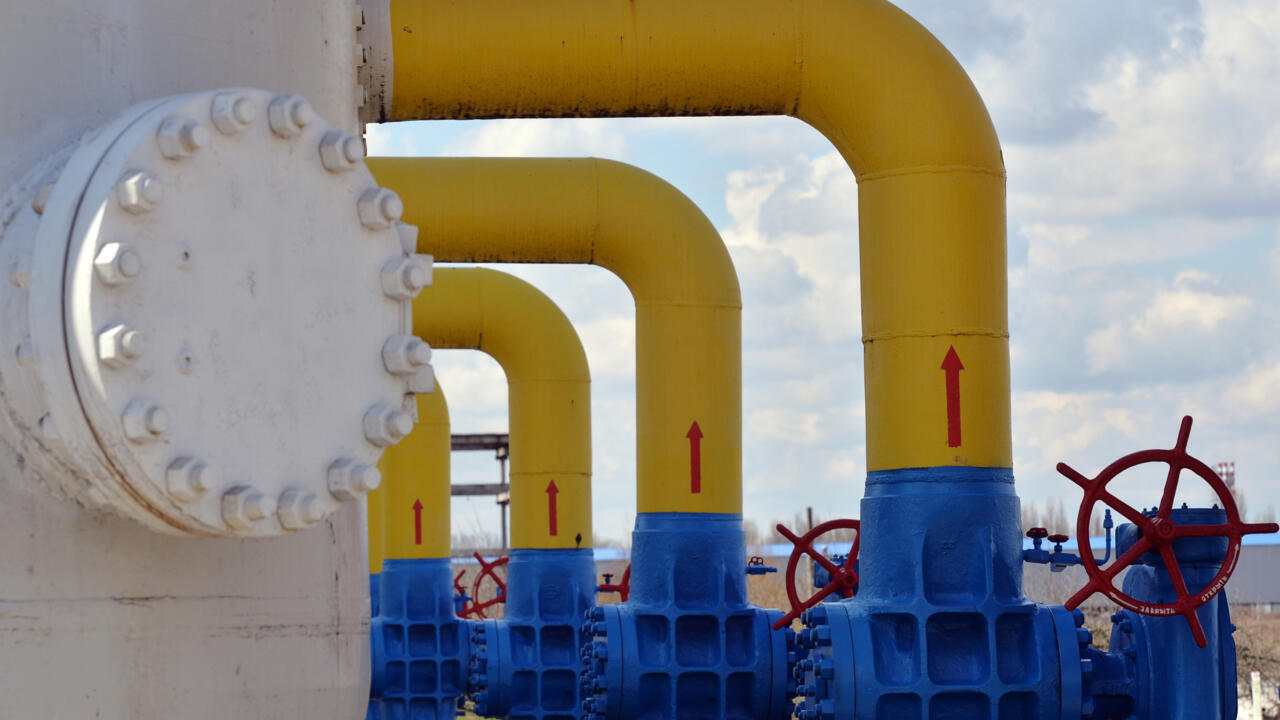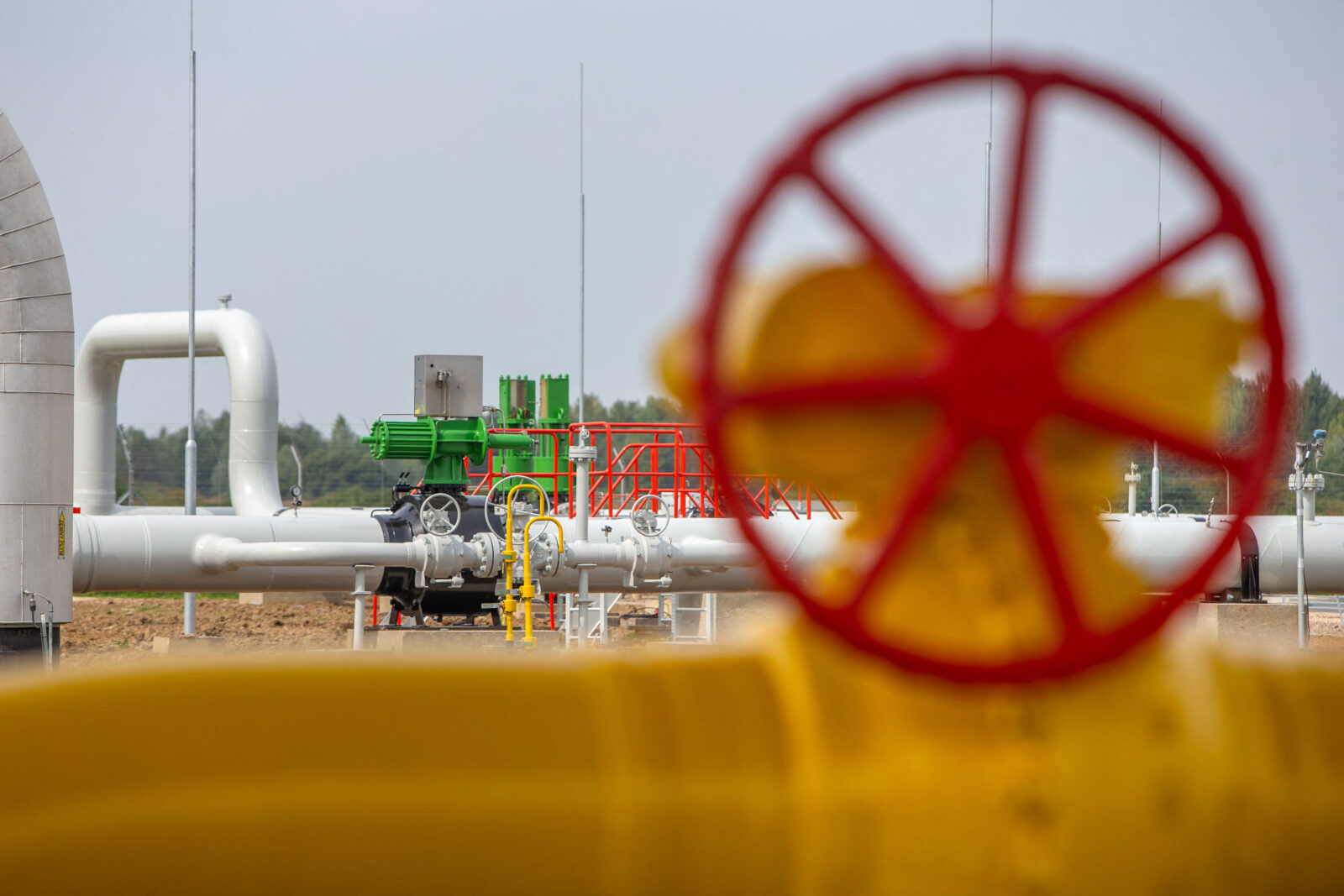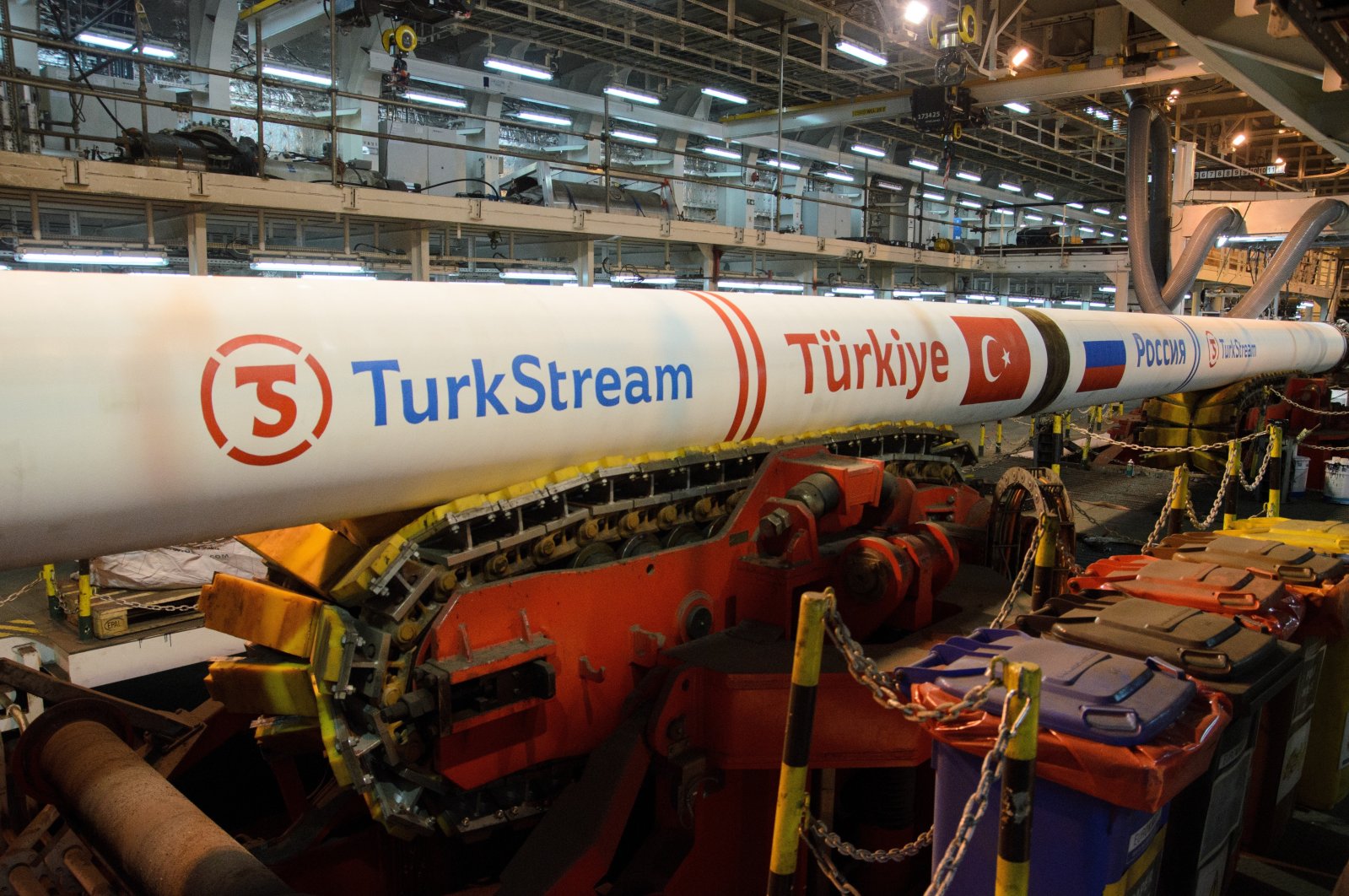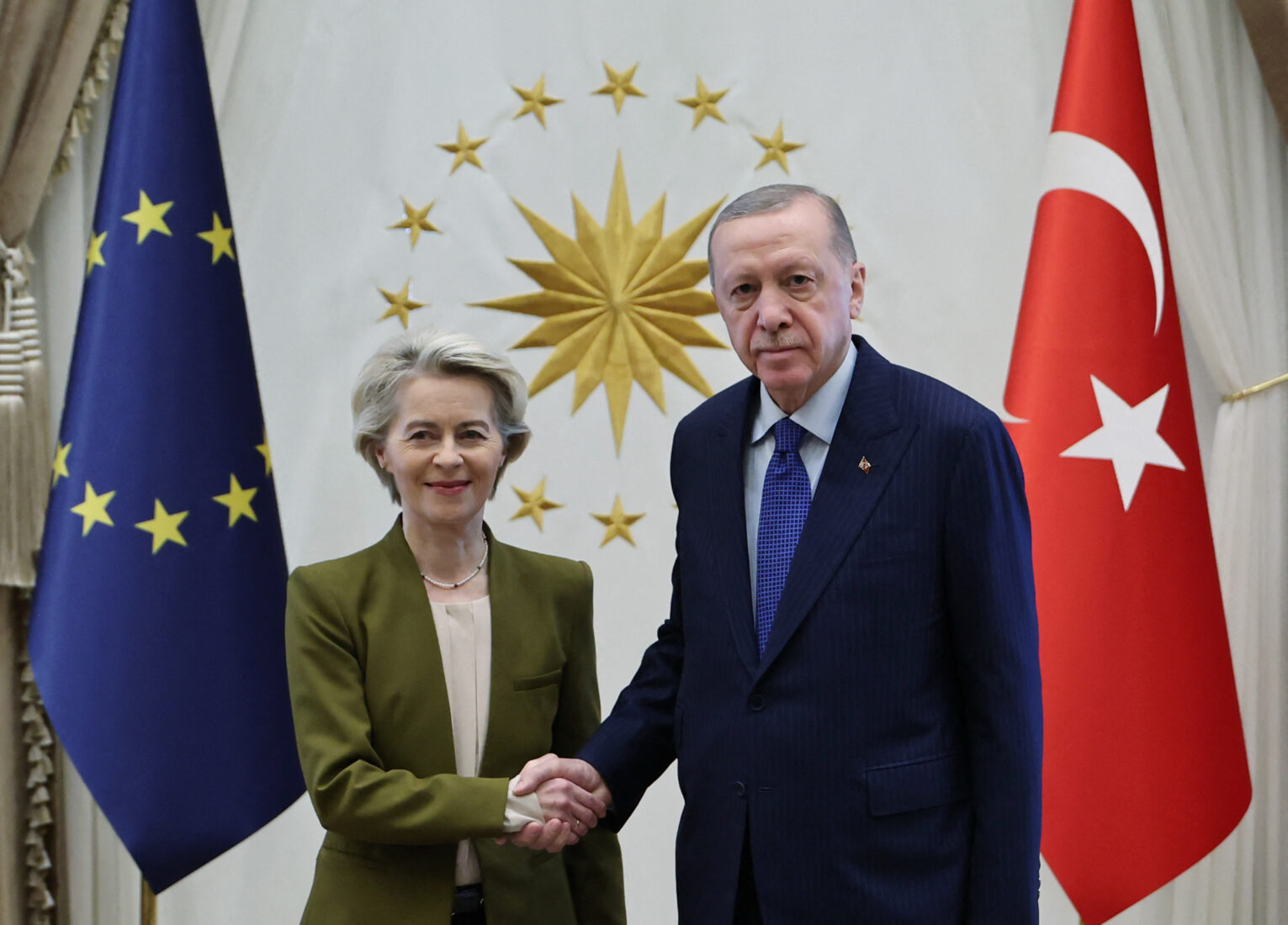
Europe has faced an unprecedented energy crisis since Russia's invasion of Ukraine in 2022. The disruption of Russian gas supplies forced the continent to seek alternative energy sources, leading to skyrocketing prices and growing concerns about economic stability. Although Europe managed to avoid immediate collapse, recent trends indicate that vulnerabilities persist.
Wholesale electricity prices remain substantially higher than pre-2022 levels, with Germany recording an average price per megawatt hour—an increase of 280% compared to 2016-2019. France, Italy, and the Netherlands have experienced similar surges, while harsh winters and reduced renewable energy output have exacerbated the strain on reserves.

The recent expiration of a 2019 gas transit agreement between Russia and Ukraine has further disrupted Europe’s energy supply chains. Slovakia, Hungary, and Austria—countries still heavily dependent on Russian gas—have been hit particularly hard. Slovakia even declared a state of emergency, underscoring the severity of the crisis.
However, the challenges extend beyond transit disruptions. Germany, the EU’s economic powerhouse, completed its phase-out of nuclear power in 2023, exacerbating its reliance on imports.
As a result, Germany turned to gas imports from Norway, which supplied 43% of its gas in 2023. Yet, these imports came at a steep cost—prices soared to six times the European average.
To help offset the shortfall, Europe ramped up imports of liquefied natural gas (LNG) from the U.S. and other global suppliers. While LNG has provided temporary relief, its dependence on global markets has introduced price volatility, highlighting the urgent need for more stable, long-term energy solutions.
Oznur Kucuker Sirene, an international relations analyst, believes that Europe can address this challenge through proactive cooperation rather than merely deflecting it. Speaking to Türkiye Today, she emphasized that former U.S. President Donald Trump’s potential re-election has accelerated Europe’s timeline for critical decision-making.
“Trump previously stated that the EU must close its trade deficit with the U.S. by purchasing American oil and natural gas on a large scale—or face tariffs,” the expert explains.
Given these pressures, she contends that Europe cannot afford to delay critical energy agreements while awaiting developments in the Ukraine conflict. Instead, securing long-term stability through diversified energy partnerships should be a top priority.
Despite ongoing competition and disagreements between Türkiye and the EU, the 2024 EU Enlargement Package acknowledged Türkiye’s strategic importance. The report described Türkiye as “a key partner and candidate country” for the EU, emphasizing its pivotal role in energy, trade and regional stability.
Türkiye long sought to be a critical transit route for energy supplies to Europe, in an attempt to use its geographical position. Sirene emphasized Türkiye's potential to serve as a pivotal player, “Türkiye is poised to become a vital energy hub. The TurkStream pipeline, with its annual capacity of 31.5 billion cubic meters, provides a reliable route for Russian gas to Europe.”
Sirene pointed out that “the Trans-Anatolian Natural Gas Pipeline (TANAP) also offers strategic support, with ongoing plans to boost its capacity from 16 billion cubic meters to 31 billion cubic meters annually.” This expansion could further leverage Azerbaijan’s abundant gas reserves—an energy source with which Europe has maintained strong ties—to enhance regional supply security.
Anna Matveeva, a senior research fellow at King's College stated, "Natural gas from Turkmenistan can make a difference for Europe, as the country is the sixth-largest gas reserve holder in the world and was the eighth-biggest gas exporter."
While the EU and Turkmenistan continue to explore the possibility of a gas deal, past negotiations have yielded limited progress. In 2021, TransCaspian Resources proposed a new plan for a Trans-Caspian Pipeline, which would transport gas beneath the Caspian Sea from Turkmenistan to Azerbaijan. From there, it could flow through the Southern Gas Corridor, a vital route that passes through Türkiye to supply southeastern Europe.
Türkiye’s infrastructure investments, including LNG terminals and interconnections, enhance its ability to meet Europe’s demands. Gokhan Yardim, former general manager of Türkiye’s state energy company BOTAS, highlighted the strategic importance of TurkStream: “By 2025, TurkStream will remain the only pipeline route supplying Russian natural gas to Europe through Türkiye. With one line dedicated to Türkiye’s domestic needs and the other transiting gas to Bulgaria, Serbia, and Hungary, the Balkan route could facilitate broader distribution across Central Europe.”
In response to the recent shutdown of Ukrainian transit routes, an alternative pathway for Russian gas remains intact. “TurkStream remains the only pipeline route supplying Russian natural gas to Europe,” Yardim commented to Türkiye Today.
The EU must adopt a pragmatic approach not only in their relations with Türkiye but also in their Middle East policies. Strengthening energy cooperation with Saudi Arabia, Qatar, and Eastern Mediterranean countries—and leveraging Türkiye’s land and sea routes to transport these resources to Europe—still holds significant potential.
“The Qatar-Türkiye Natural Gas Pipeline Project, which has resurfaced in post-Assad Syria, carries substantial economic and strategic promise,” said Oznur Sirene.
Despite political hesitations, competition with Türkiye in the region, and ongoing support for the YPG terrorist group, Sirene highlights a notable move in EU strategy.
“Germany’s Foreign Minister Baerbock and her French counterpart Barrot’s recent meeting with Syria’s new administration in Damascus may be the clearest signal yet of the EU’s evolving strategy in this new era,” she added.
Hasan Selim Ozertem, a political analyst, explained that while these plans are being discussed, the union’s lack of a clear policy leaves the big projects in limbo. Instead, the EU prioritizes its efforts on renewable energy and green policies, driven by broad institutional backing and consolidated political support.

The EU faces a balancing act between reducing dependence and addressing short-term needs. Trump’s demands for increased LNG purchases from the U.S. have complicated the EU’s position, pushing it to strengthen ties with alternative suppliers.
While securing their own gas supplies, countries continue to face pressure from Russia's political blackmail. Ozertem pointed out that “Russia is exploiting the recent situation to intimidate pro-European factions in Moldova.”
While Moldova stands out as particularly vulnerable, lacking infrastructure and alternatives, similar patterns of coercion can be observed elsewhere as examples of such tactics may increase if structural solutions remain elusive.
Sirene observed, “Despite tensions, Türkiye has emerged as an indispensable EU partner. The 2024 EU Enlargement Package emphasized Türkiye’s strategic value in energy, migration, and security policies.”
The EU has to explore partnerships with Azerbaijan, the Middle East, and the rest to diversify energy sources. Projects like the Qatar-Türkiye pipeline and expanded LNG agreements with Gulf nations are also under consideration.
Europe's reluctance to secure even a long-term LNG deal with Qatar suggests hesitancy toward such commitments, while the U.S. is unlikely to support the EU pursuing agreements with alternative suppliers. For the continent, however, the answer may lie in traditional solutions. Any further damage to existing pipelines, such as those damaged in the Nord Stream attack, would only make the need to invest in additional capacity even more urgent.

To address vulnerabilities, the EU is ramping up investments in renewable energy and reconsidering nuclear power. Expanding nuclear capabilities remains contentious but offers a stable supply alternative.
More importantly, however, strengthening energy networks seems to be the sole long-term remedy. Türkiye’s role in infrastructure development remains central to the EU’s plans for greater energy security—whether the energy flow originates from Iraq, Azerbaijan, Qatar, or Turkmenistan.
Ukraine’s invasion revealed the fragility of Europe’s supply networks and the urgent need for diversification. While LNG imports and renewable energy provide short-term relief, long-term stability hinges on regional partnerships and infrastructure expansion.
Although the hopes are pinned on an end to the invasion of Ukraine, Russia’s approach is unlikely to change in a potential peacetime. Counting on Trump’s return to resolve the crisis risks overlooking the deeper, structural challenges at play.